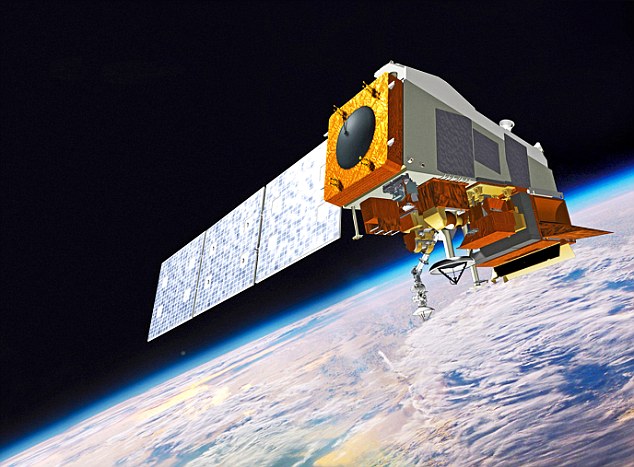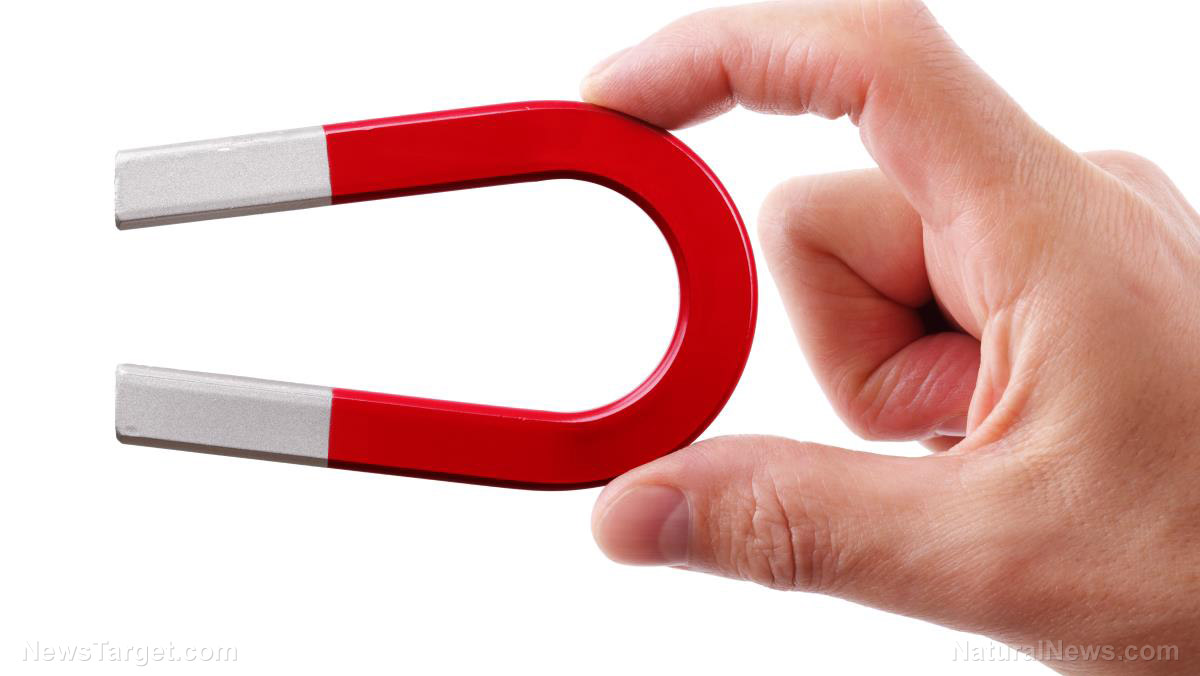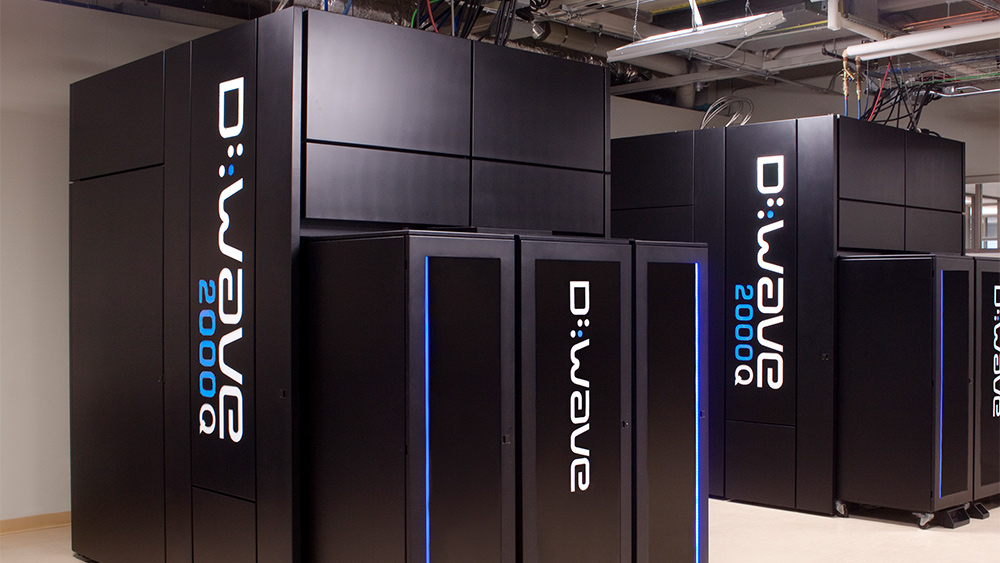What’s the point of fitness trackers? U.K. consumer watchdog group reveals the devices can miscalculate your progress
10/21/2019 / By Edsel Cook
People who rely on fitness trackers to measure the distance they have covered may be in for a nasty surprise. A recent study warned that many of these gadgets failed to do their job of accurately keeping track of how far the user had run.
The U.K. consumer watchdog group called Which? tested widely used models of fitness trackers and found that most of the gadgets suffered from serious inaccuracies. Several fitness tracker models missed the right distance by up to 11 miles (17.7 km).
Their results identified the Vivosmart 4 as the most unreliable model of fitness tracker. Made by American multinational tech company Garmin, the Vivosmart 4 reported that its user covered 26.2 miles (42.1 km) when in fact the marathon runner reached 37 miles (59.5 km).
Participants in the study ran on a calibrated treadmill. The researchers compared the ability of fitness trackers to count the number of steps taken, as well as the ability to measure the total distance traveled.
Which? released its findings while the U.K. was getting ready for the London Marathon in April 2019. (Related: Play and lose weight: “Gamify” workouts to make exercising more fun.)
Fitness trackers get runners to either go too far or fall short of the finish line
Other fitness trackers also got tested by the consumer watchdog group. The Samsung Gear S2, the Misfit Ray, the Xiaomi Amazfit Bip, the Fitbit Zip, and the Polar A370 went through the same test. Needless to say, they didn’t perform that much better.
The Gear S2 miscalculated the distance almost as bad as the Vivosmart 4. It announced that the user reached the 26.2-mile mark after he already covered 36.2 miles (58.3 km).
The Misfit Ray, Amazfit Bip, Zip, and A370 models also suffered the same severe inaccuracy. Runners ended up exceeding the 30-mile mark when they were only supposed to reach 26.2 mile.
On the other side of the spectrum, the Huawei Watch 2 Sport claimed that the runners completed the marathon after hitting 18.9 miles. Meanwhile, the Apple Watch Series 3 indicated the same at the 22.8-mile mark.
“Running a marathon is no mean feat, so runners who are putting in the months of training beforehand will want to know their fitness tracker is trustworthy, and not jeopardising their finish times,” explained Which? official Natalie Hitchins.
The head of the organization’s home products and services department, Hitchins said that the tests identified many models from well-known brands that couldn’t be trusted when it came to measuring distance. She recommended consumers to do the research and make sure that the model is truly reliable before purchasing it.
Fitness tracker manufacturers strike back with explanations
Spokespeople from Garmin and Huawei responded to the Which? study by disputing its results for various reasons.
The Garmin spokesman claimed that the Vivosmart 4 was the wrong smart device for marathon runners. He described it as an all-around model that measured health, fitness, and wellness for physical activity. Dedicated athletes who ran outdoors needed a different device with GPS navigation.
“As the Vivosmart 4 does not incorporate GPS, our recommendation for someone who is running long distances such as a marathon, would be to choose a tracking device such as our Forerunner range which is dedicated to running and incorporates GPS,” he said.
Meanwhile, the Huawei spokeswoman claimed that environmental conditions might have affected the outcome. She pointed out that the test took place in an indoor space on a treadmill.
The algorithm of the Huawei Watch 2 Sport fitness tracker supposedly measured the length of a user’s step by using data from an acceleration sensor. The use of a treadmill reduced the accuracy of the measurement because a treadmill runner didn’t really accelerate.
Stay fit and read up on other fitness tech at Slender.news.
Sources include:
Tagged Under: Apple, badtech, Consumer Watchdog, electronic gadgets, fitbit, fitness, fitness devices, fitness gadgets, Fitness Trackers, Garmin, Huawei, marathon runners, marathon running, Misfit Ray, physical exercise, Polar A370, products, Samsung, slender, smart devices, smart gadgets, smart watch, Vivosmart 4, Xiaomi Amazfit Bip
RECENT NEWS & ARTICLES
COPYRIGHT © 2017 INFORMATIONTECHNOLOGY.NEWS



















